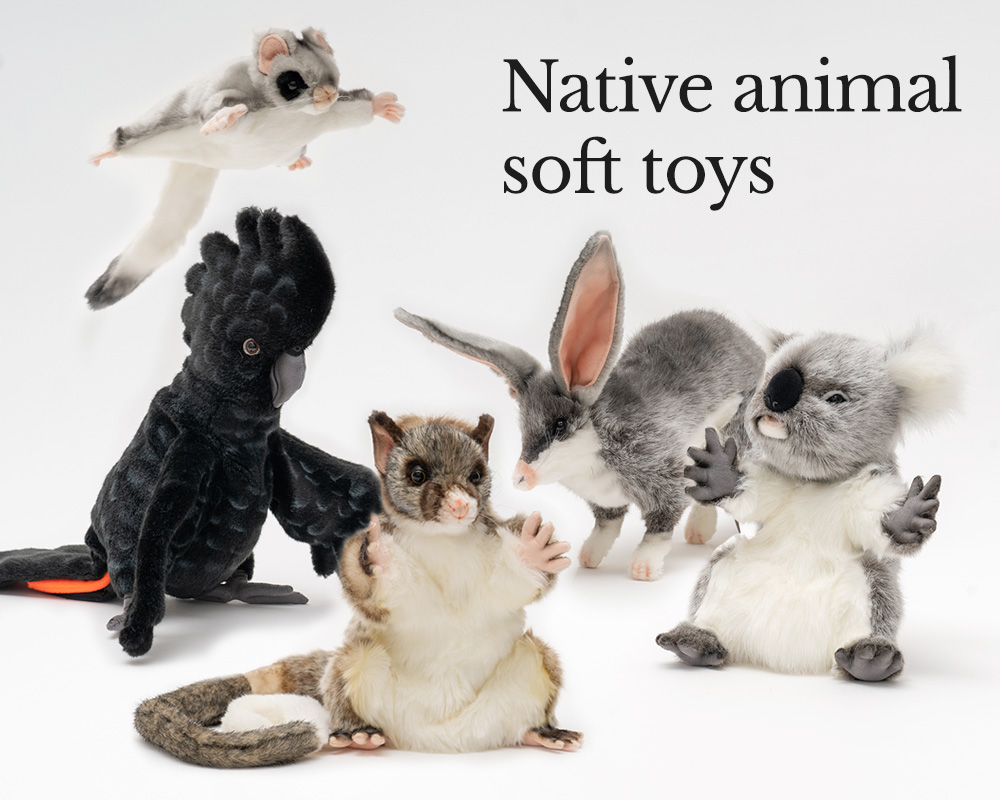13 new species of spider discovered in Queensland

IT’s GOOD NEWS for science, bad news for arachnophobes: 13 new species of spider have been discovered on Queensland’s Cape York Peninsula.
The new creepy crawlies were unearthed by scientists, teachers and indigenous rangers as part of a 10-day journey to the largely unsurveyed area.
This comes after another seven species of Australian spider were discovered by the Bush Blitz program in the NT in June 105.
It’s called the Bush Blitz and is a combined project of the Australian government, BHP Billiton Sustainable Communities and Earthwatch Australia.
Leslie Carr says she signed up to search the Olkola people’s traditional lands so she could relay her adventures to her students.
But to find their eight-legged subjects, participants had to roll up their sleeves.
“It was a lot of digging; I was amazed,” the Maribyrnong Primary School teacher said. “I thought I’d get up there and they’d be crawling around, but they go down 20 to 30 centimetres.”

Teacher Leslie Carr, with a new species of brush-footed trapdoor spider
Digging for new spider species
The team used abalone knives to dig into the hard earth, before swapping them for pen knives when they got closer to a silk-lined burrow.
The hard work paid off, with the 13 new spider species, including a brush-footed trapdoor spider and the newly christened mouse spider, which lives in a stocking-shaped web.
Then there were the tarantulas.
“There were ones as big as your hand, about 20 of them,” Leslie said.
The savanna-like environment was dotted with termite mounds and very dry, Leslie added.
Now she’s back home, she says her students are full of questions about her run-in with Australia’s newly identified arachnids.
“I’ve had kids coming up saying, `Oh how could you let a spider crawl all over you?'” she says.
“I tell them it was scary, but if you don’t threaten the spider, he’s not going to bite you.”
- Seven new species of spider discovered
- What to do if you find a spider
- Australia’s 10 most dangerous spiders
- Why spiders don’t stick to their webs

